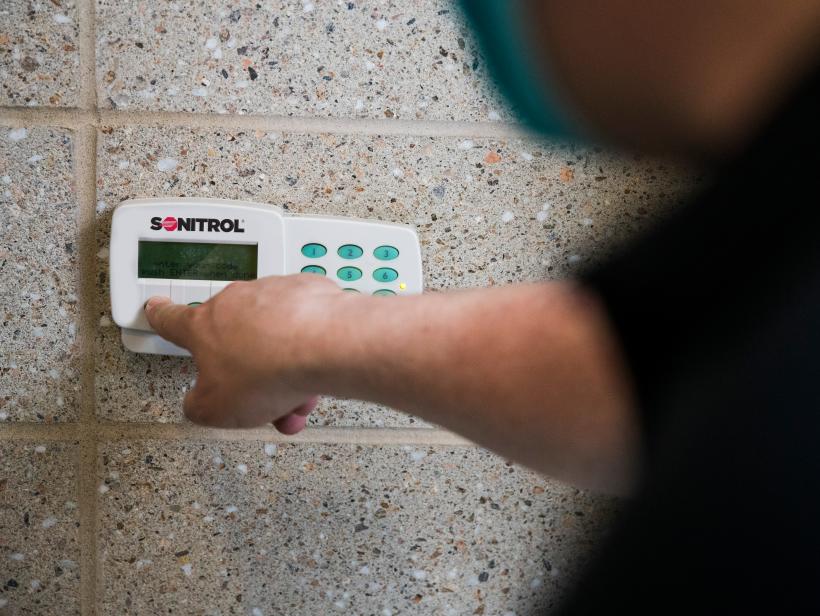Why Your Access Control System Needs to be Upgraded
In today’s rapidly evolving security landscape, the limitations of traditional access control systems are becoming increasingly apparent. Systems reliant on Wiegand communication protocols and 125kHz proximity cards face significant security threats from hackers. Fortunately, advancements in technology offer a more secure and efficient solution: Open Supervised Device Protocol (OSDP) and 13.56 MHz smart card technology. Here’s why upgrading to these more secure technologies is essential for safeguarding your premises.
Enhanced Security
One of the primary benefits of OSDP is its advanced level of security. Unlike the one-way, unencrypted communication of Wiegand systems, OSDP employs AES-128 encryption to protect data. This encryption is crucial for defending against attacks, such as "man-in-the-middle" threats, where hackers could intercept data and replicate credentials. Furthermore, OSDP includes built-in tamper detection, alerting you if a device or communication lines are compromised. When paired with 13.56 MHz contactless smart cards, which offer advanced encryption and secure authentication, the system provides an additional layer of protection against cloning cards and unauthorized access.
Flexibility and Future-proofing
OSDP’s flexibility is another significant advantage. The protocol supports bidirectional communications, meaning devices can both send and receive data, enhancing control and interaction with the system. It also simplifies wiring by using just two communication wires compared to the six required by Wiegand systems. Additionally, OSDP supports extended cable runs up to 4,000 feet, allowing for more flexible installation and reduced costs.
Smart cards, with their high-frequency technology, offer compatibility with various systems and provide a future-proof solution. They can be used in conjunction with existing proximity card systems, enabling a gradual transition without immediate overhaul costs.
Cost-Effectiveness
While the initial investment in upgrading to OSDP and smart cards may seem high, the long-term savings are substantial. The reduced complexity in wiring and installation, combined with lower maintenance costs and improved security, translates to a more cost-effective solution. By adopting these technologies, you’re investing in a system that not only enhances security but also reduces future upgrade expenses and minimizes reliance on proprietary systems.
Conclusion
Upgrading to OSDP and smart card technology is not just about keeping up with the latest trends; it’s about securing your premises with advanced, reliable solutions. These technologies offer enhanced security, greater flexibility, and cost savings, making them a wise choice for any organization looking to improve its access control system. Don’t wait until your outdated system becomes a liability.


